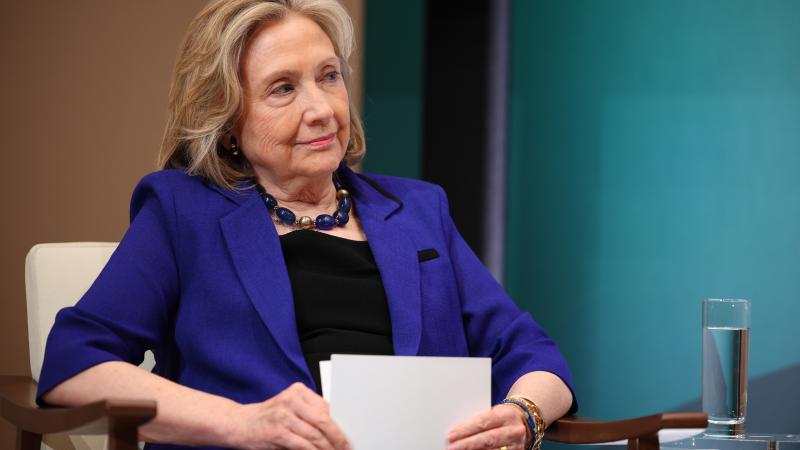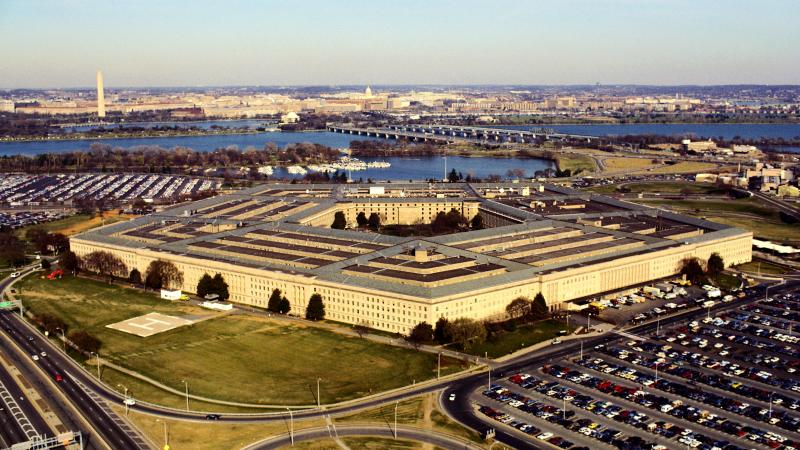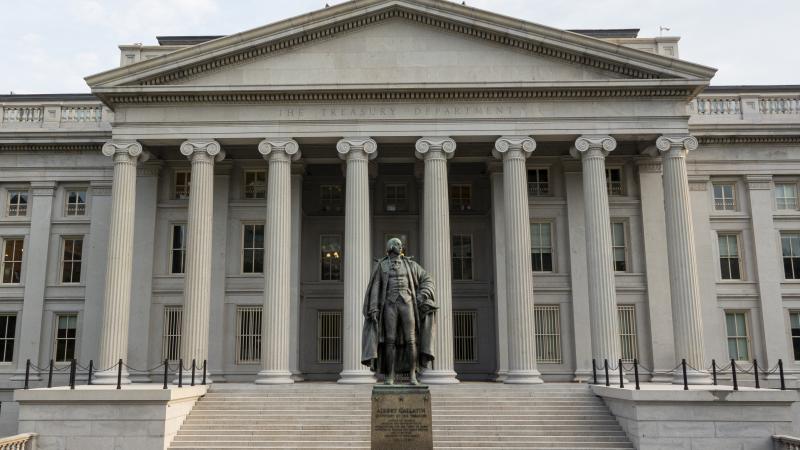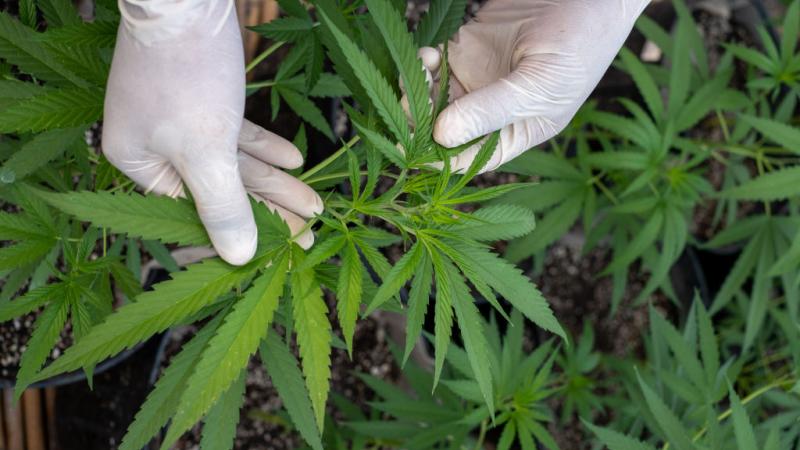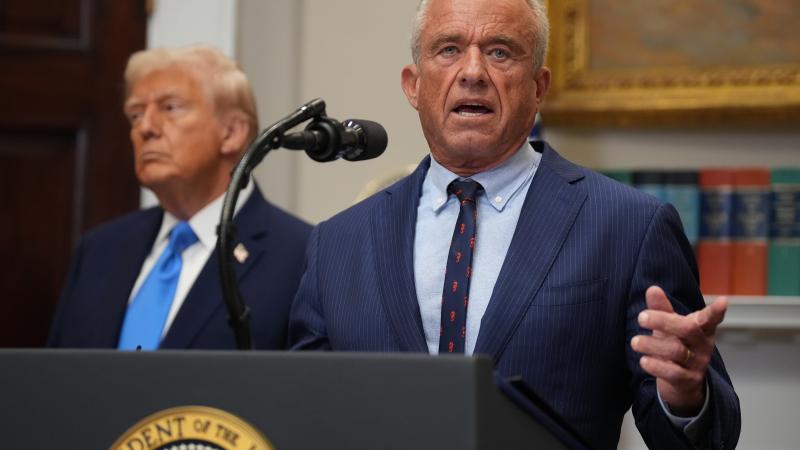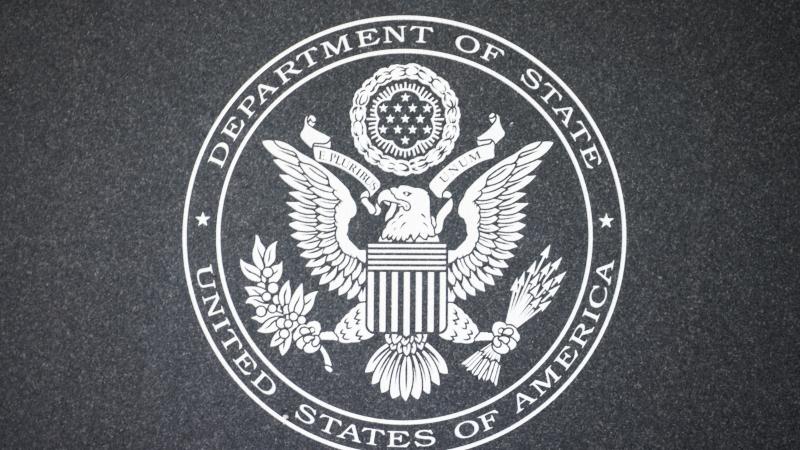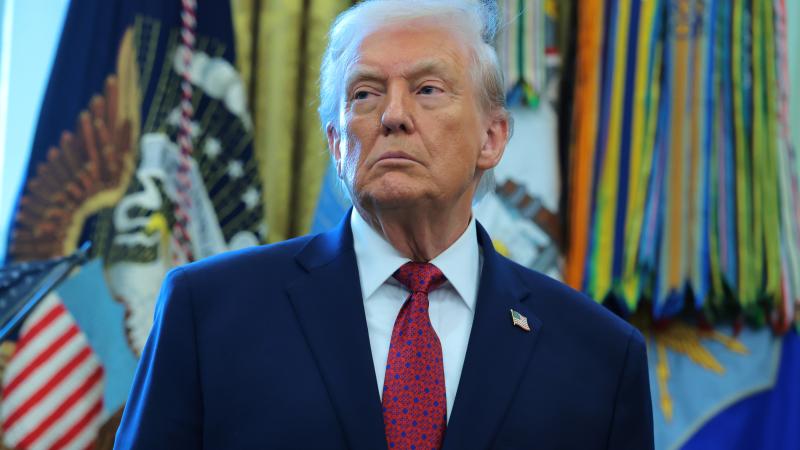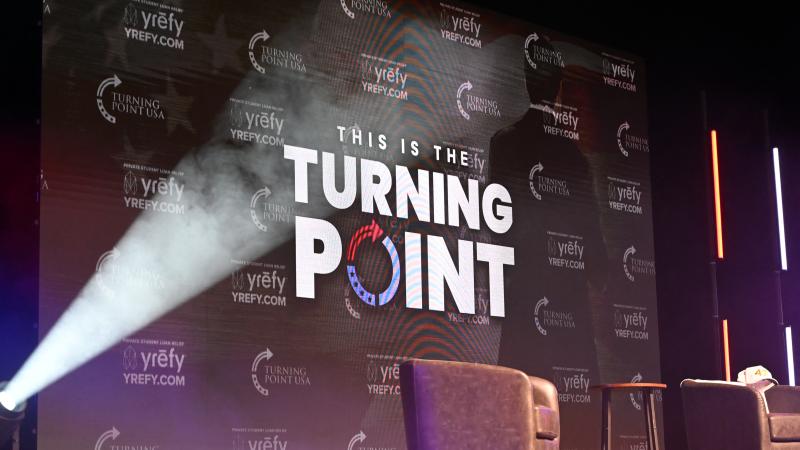Training exercise or police diversion? Evidence leads Congress to explore new J6 pipe bomb theories
New documents raise questions about the FBI's pipe bomb timeline and how cell phone location data was “corrupted” after the bureau asked for it.
Tevidence obtained by Congress in its quest to unravel the mysteries of Jan. 6 has led the panel leading the investigation to consider that the pipe bombs planted at both the Republican and Democratic National Committees may have been part of an undisclosed training exercise, Chairman Barry Loudermilk, R-Ga., told Just the News.
Additionally, new documents raise questions about how valuable cellular phone location data from the days leading up to Jan. 6 — key data that investigators needed for their work — was purged from an AT&T and government system despite a preservation order from the FBI.
Chairman Loudermilk says the evidence from the FBI’s pipe bomb analysis, AT&T’s response to the data request, and a stunning coincidence are leading his panel to consider alternative theories about one of the enduring mysteries of that day.
The details do not add up
Just the News reported on Monday that the pipe bomb analysis conducted by an FBI laboratory found the devices were filled with chemical building blocks of black powder, each was equipped with a 60-minute kitchen timer, and each had destructive potential. However, neither device exploded and they were discovered about 16 hours after the FBI claimed they were planted outside both major party headquarters.
To Loudermilk, these details do not add up.
“I'm not buying the story anymore that they were there on the fifth,” Loudermilk told the "Just the News, No Noise" TV show on Monday.
“I believe that they were put out on the sixth at this point. This is the theory that we're going on, especially since the lady that found them said there were still 20 minutes left on the timer when they were placed there,” said Loudermilk.
“The other thing is, were there enough…was there enough explosives in the devices to actually cause a massive explosion? That's one of the things we're looking at in these reports, which kind of leads us to believe maybe there wasn't, but there definitely were explosives,” he added.
Witness statements don't fit FBI's account
The documents included statements from Karlin Younger, the witness who discovered the pipe bomb, and told the FBI she was certain the bomb appeared in the alleyway near her apartment during a 40-minute period just after noon on Jan. 6. This conflicts with the FBI’s account, which estimates that the bombs were both planted at about 8:16 PM on the previous night.
Loudermilk said that the current fact pattern, and contradictions between the witness statements and the FBI’s timeline, all lead congressional investigators to consider alternative theories about the purpose of those pipe bombs.
One of those theories is that the pipe bomb was part of a law enforcement training exercise on the same day as the Capitol riot. “Now follow me on this, this series of logic here. When would you build a bomb that's not designed to go off, but every element of it is to make you think it will, or make a bomb sniffing dog think that it is a live bomb?” Loudermilk asked. “That's a training exercise. So, that also opens the door to that: was this possibly part of a training exercise?”
"Were they put there just to be a diversion, to draw resources away from the Capitol?” Loudermilk asked.
Since the pipe bombs were first discovered on Jan. 6, another part of the mystery has remained unanswered: Who put them there? The identity of the individual who planted the bombs would go a long way towards solving the motive or reasoning behind the act.
Preservation request not followed, cell phone data corrupted
However, new documents show how key cell phone location data was deleted from an AT&T and government system just days after Jan. 6, eliminating a key piece of evidence for investigators to determine the identity of the individual who placed the devices.
On Jan. 11, 2021, the FBI sent a preservation request to the AT&T Public Sector team to retain precise location data “which provides the distance between mobile devices and the cell tower it is interacting with” for Jan. 5 and 6. The data would be vital for the bureau’s search for suspects in the vicinity of the RNC and DNC that day, when the bureau said the bombs were planted.
However, AT&T told the FBI that “The Data for January 5th was corrupted and cannot be restored; all we have is the 6th,” giving rise to the claim from then-head of the Washington Field Office, Steve D’Antuono, that the relevant data had been corrupted.
Earlier this year, the company told the FBI that the data was deleted from its systems due to a “seven-day retention” policy. “Knowing that this data would likely be purged at midnight Eastern Time, the Public Sector employee attempted to preserve more precise location data, which was available to them,” the company’s senior legal counsel wrote in a message to the FBI in March.
“At that time, our Public Sector employee understood that the TA data was subject to a seven-day retention period, and accordingly the January 5th data was in jeopardy of being purged in a matter of hours,” the counsel explained. TA is short for Timing Advance Data, which is what AT&T calls its location dataset, per the document.
“Knowing that he had limited time before this retention period would expire for records associated with January 5th, the Public Sector employee acted as quickly as he could and attempted to preserve the TA data for Jan 5th and 6th in response to the January 11th preservation request,” the counsel said. However, the server the employee used was overloaded due to the large quantity of data, the company told the bureau.
You can read the document below:
"The FBI's inability to complete a cellular geofence to identify the pipe bomb suspect remains an open question. However, with the newly released documents from the FBI, what we now know raises even more questions," Loudermilk said in a statement to Just the News on Wednesday.
"AT&T First Net secured a $92M contract with the FBI about a month before the events of January 6. When asked by the FBI to turn over cell data relating to the pipe bombs case, all major cell provider companies were able to fulfill that request except one - AT&T First Net. According to First Net, that data was inadvertently corrupted and deleted from their server when trying to download," he said. "The American people deserve answers."
Strange coincidence involving public-private partnership
Adding further to the mystery is a strange coincidence: the woman who discovered the pipe bomb at the RNC on the afternoon of Jan. 6 was at the time an employee of FirstNet. FirstNet is a public-private partnership between the Commerce Department and AT&T designated by Congress to maintain the nationwide public safety broadband network in use by first responders. In fact, the senior legal counsel for AT&T also serves the same role for FirstNet, which is housed under the Commerce Department.
Karlin Younger identified herself to the media as the witness and recounted her experience finding the bomb to Bloomberg News, which matches closely with her FBI interview. Younger’s public LinkedIn page shows she was working at FirstNet at the time.
Karlin could not be reached for comment by Just the News.
“I'm not pointing fingers. I'm just saying these are legitimate questions we need to be asking. What is the relationship here?... The person who found the pipe bomb works for the company that corrupted the data, and then they tell the FBI the data wasn't corrupted, then they tell the FBI the data was corrupted. So…this is a mess that we've got to unravel,” Loudermilk said.
